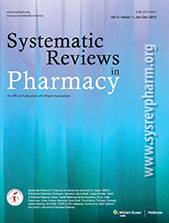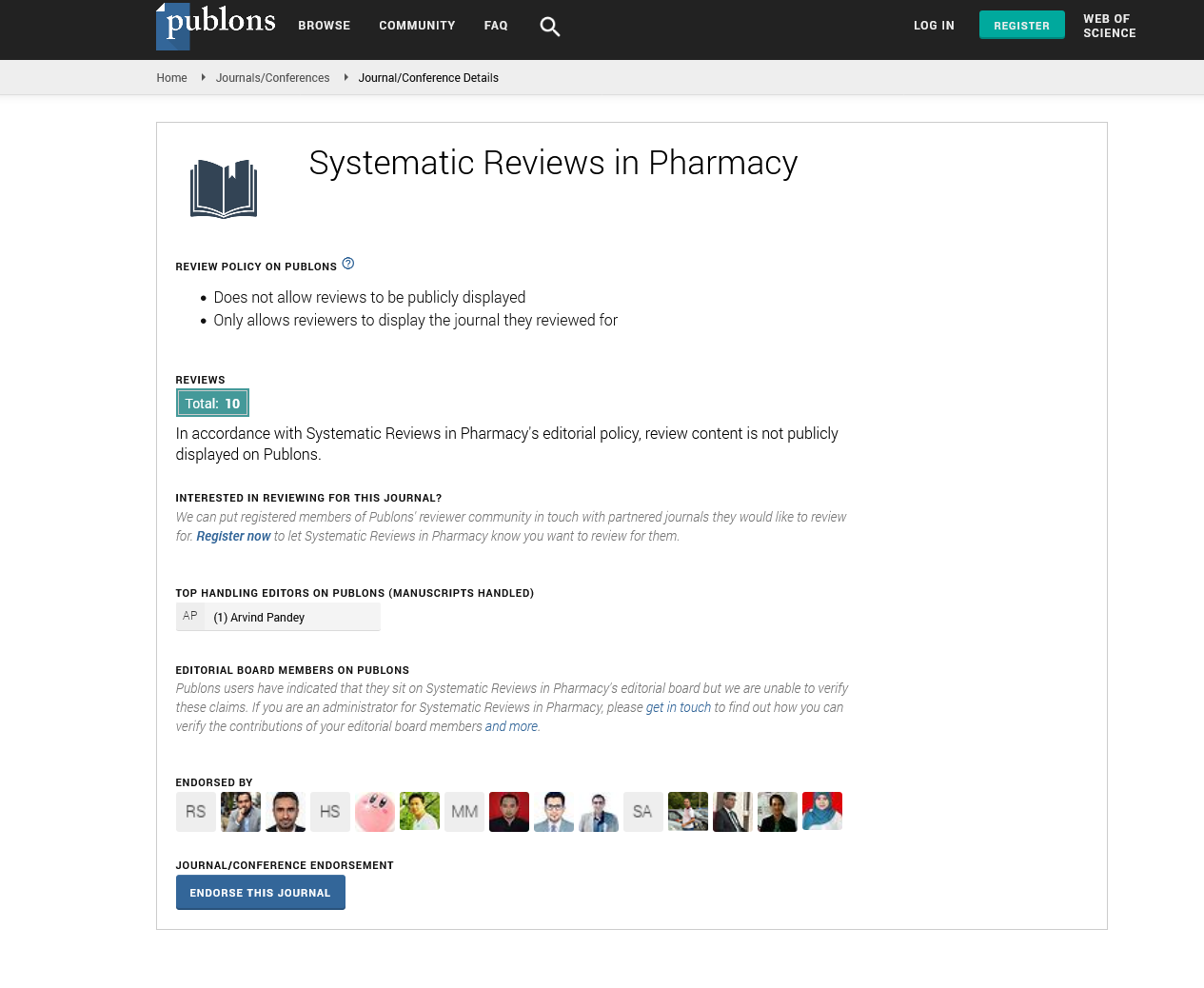Abstract
Deepika Singh76754* and Vipul Kumar Singh76755
Elaeocarpus ganitrus, commonly known for its spiritual and medicinal uses since ancient mythology, is a medium-sized tree cultivated as an ornamental plant throughout India and found in regions such as Nepal, Bihar, Bengal, Assam, Madhya Pradesh and Bombay. It holds significant value in traditional medical systems like ayurveda, siddha and unani. Historically, rudraksha has been utilized to treat various conditions, including liver diseases, asthma, hypertension, migraines, neuralgia, anxiety, depression, stress and epilepsy. In ayurvedic medicine, wearing rudraksha beads is believed to benefit the heart and nerves.
Research indicates that the ethanolic leaf extract of Elaeocarpus ganitrus contains gallic acid, ellagic acid and quercetin, while the aqueous leaf extract contains glycosides.
Phytochemical screening reveals the presence of alkaloids, glycosides, phytosterols, carbohydrates, tannins, flavonoids, amino acids and saponins, terpenoids exhibit varying effects depending on the solvent used for extraction. The presence of these phytochemicals is reported to modulate oxidative stress levels, suggesting their potential utility in cancer management.






